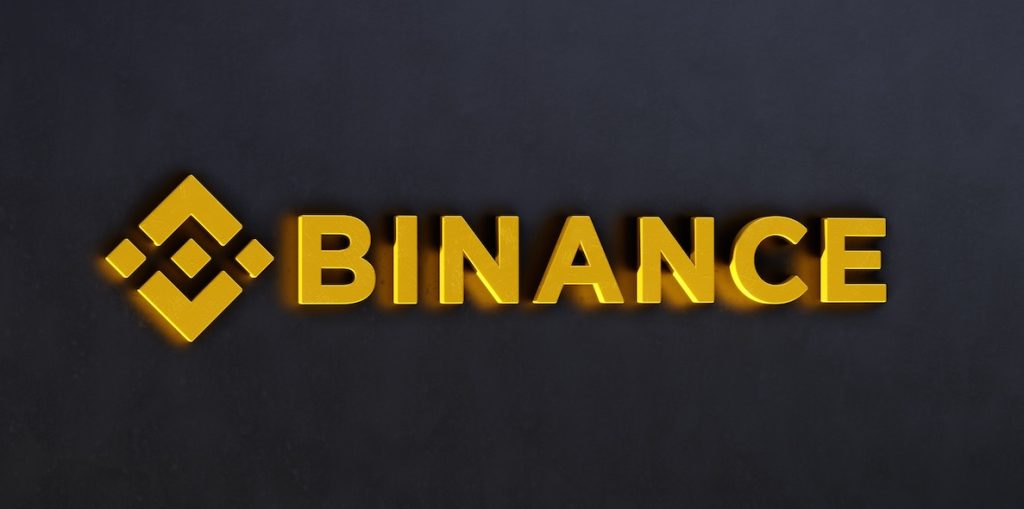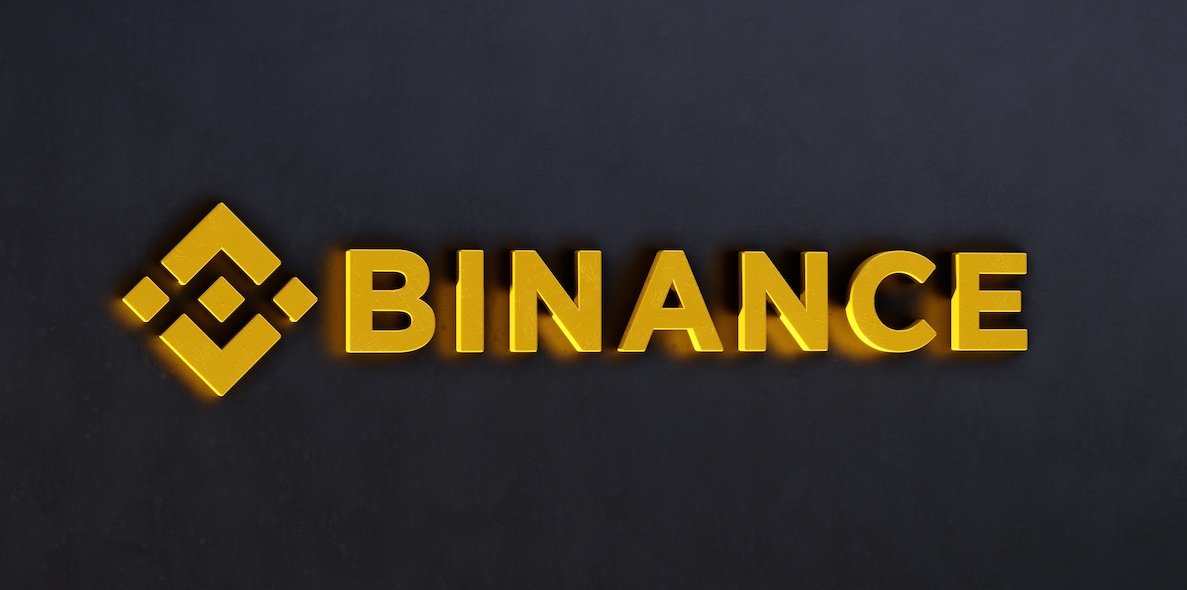
The US Securities and Exchange Commission’s complaint against Binance and its CEO Changpeng Zhao revealed a number of startling facts about the biggest cryptocurrency exchange in the world, including how it circumvented US regulations and internal discussions. US.
In a lawsuit filed Monday, the SEC accused Binance and Changpeng Zhao, also known as CZ, of operating an unregistered exchange and displaying “blatant disregard of the federal securities laws,” among other charges.
“[w]e are operating as a fking unlicensed securities exchange in the USA bro”
According to the SEC, Zhao and Binance were aware that they were breaking several US laws by running the Binance.com platform.
“As Binance’s CCO bluntly admitted to another Binance compliance officer in December 2018, ‘we are operating as a fking unlicensed securities exchange in the USA bro,’” the SEC said. “(Emphasis added.)”
In order to launch Binance, Zhao and Binance oversaw the establishment of two US corporate entities. The SEC claims that BAM Management and BAM Trading are US platforms.
By claiming that the Binance.US platform operated independently and that US customers were not permitted to use the Binance.com platform, the agency claimed that Zhao and Binance established BAM Management and BAM Trading in 2019 “as part of an elaborate scheme to evade” US laws.
However, Zhao and Binance had a lot of involvement and control of the US entity, the SEC alleged.
The “Tai Chi Plan”
According to the complaint, Zhao and Binance engaged a number of advisors to help them control their legal risk in the US.
In 2018, Zhao and Binance were presented with a plan by a Binance consultant that included the establishment of a US entity known as the “‘Tai Chi’ entity,” the SEC said.
Binance retaliated against Forbes’ 2020 article about the company, even suing them for defamation.
Binance’s consultant suggested that the company publish a comprehensive Howey Test evaluation framework “just for publicity,” according to the SEC.
A 1946 decision by the US Supreme Court that establishes whether something qualifies as a security is known as the “Howey Test.”
Binance “implemented much of the Tai Chi Plan,” according to the SEC.
Zhao and Binance “implemented policies and controls to give the impression that the Binance.com Platform was blocking U.S. customers while at the same time secretly subverting those controls,” the complaint claims, in addition to developing BAM Trading and the Binance.US Platform.
The SEC labels some cryptocurrencies as securities
Solana, Cardano, and Polygon, among others, were classified as securities in the complaint, according to the SEC.
“Defendants have made available for trading on the Binance Platforms crypto assets that are offered and sold as investment contracts, and thus as securities,” the SEC stated after the platforms’ launch. “This includes, but is not limited to, BNB, BUSD, and the units of each of the crypto asset securities further described below—with trading symbols SOL, ADA, MATIC, FIL, ATOM, SAND, MANA, ALGO, AXS, and COTI (collectively, the ‘Crypto Asset Securities’).”
The SEC claimed that each of those was offered and sold as an investment contract.
According to Binance, it will fight “to the full extent of the law.”
In a blog post published Monday, Binance stated, “Today’s action is another in a line of examples where, as with other crypto projects facing similar suits, the Commission has determined to regulate with the blunt weapons of enforcement and litigation rather than the thoughtful, nuanced approach demanded by this dynamic and complex technology.”















Leave a Reply